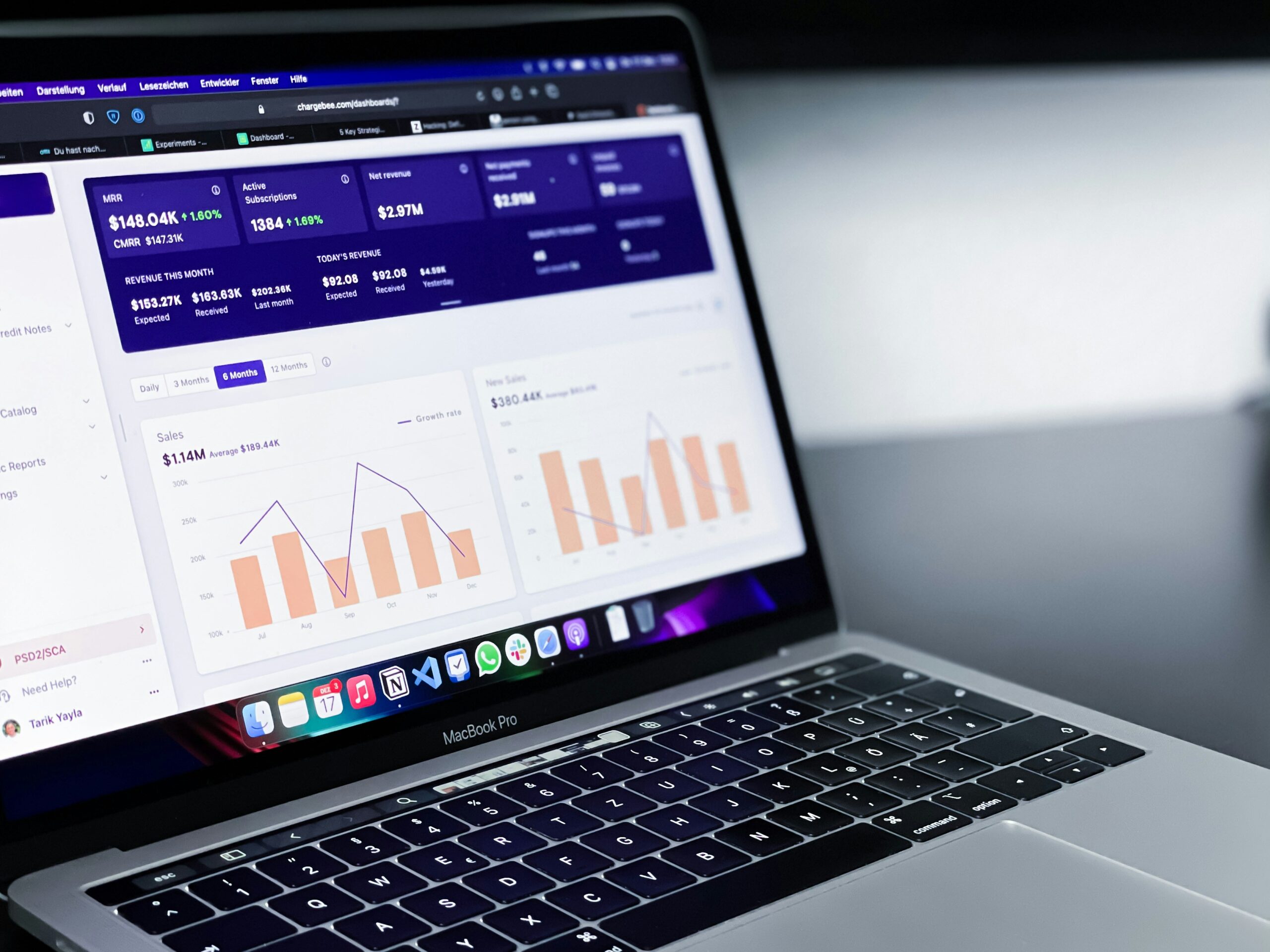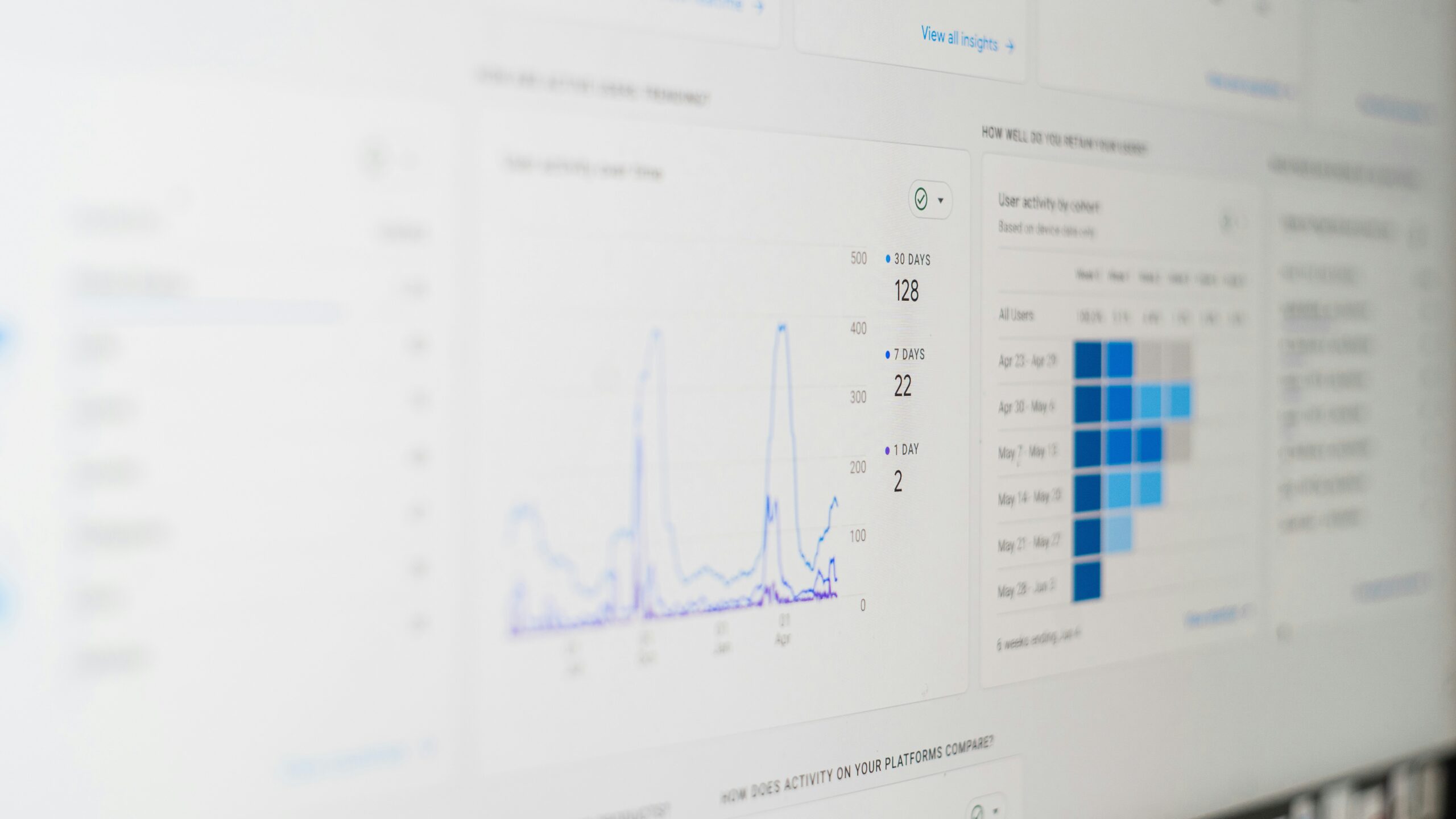A website is only as strong as its links. While a robust linking structure propels traffic, distributes authority, and polishes user satisfaction, broken links—also known as dead links—undermine these objectives. Every neglected 404 page or unreachable resource weakens site health and, by extension, SEO outcomes. This comprehensive guide will detail how to find broken links, fix dead links, and foster a proactive approach to website link maintenance. Learning to detect and repair broken links is not simply a technical necessity; it is a high-impact SEO strategy for every site owner.
What Are Broken Links and Why Do They Matter?
A broken link points to a webpage or resource that no longer exists or cannot be accessed by users and search engines. These errors may result from deleted content, URL migrations, incorrect URLs, or changes on the linked site. When clicked, a broken link typically produces a “404 Not Found” or similar error message.
Why Broken Links Matter
- Lost Traffic: Users clicking broken links face dead ends, disrupting their journey and diminishing trust.
- SEO Damage: Search engines encounter the same problems as users, rendering broken links problematic for search ranking.
- Lost Link Equity: Backlinks redirecting to broken pages fail to convey authority.
- Reduced Crawl Efficiency: Crawlers waste resources trying to access non-existent pages, compromising site indexation.
Upholding website link maintenance is fundamental for both user experience and long-term digital success.
How Broken Links Affect Your SEO and User Experience
Broken Links SEO Impact
Search engines, especially Google, prioritise sites that deliver seamless, trustworthy navigation. When bots routinely discover broken links, several consequences arise:
- Crawl Waste: Crawlers allocate a finite “crawl budget.” Dead ends squander this resource.
- Lowered Rankings: Persistent broken links signal neglect, which algorithms may interpret as a sign of poor site quality.
- Disrupted Link Juice Flow: Internal and external links passing authority to broken pages fail to strengthen your SEO equity.
User Experience
Visitors are equally affected: broken links frustrate, confuse, and often drive users from your site. First impressions matter, and a 404 page interrupts conversion, questions professionalism, and inflates bounce rates.
Ways to Find Broken Links on Your Website
Understanding how to find broken links starts with a clear process and the right methods:
- Manual Checking: Review important pages, menus, and content sections individually.
- Internal Link Audit: Systematically check internal navigation links across your site.
- Analyse Webmaster Tools: Google Search Console flags crawl errors, including broken internal and outbound links.
- Leverage Automated Tools: Employ dedicated software for a thorough check across all site URLs (detailed in the next section).
While manual checking can catch high-priority issues, larger sites absolutely require scalable, tool-based solutions.
Top Tools for Detecting Dead Links
For effective website link maintenance, these are leading tools to detect broken links:
1. Screaming Frog SEO Spider
A desktop program that crawls websites and highlights broken internal and outbound links, with status codes and source locations. Suitable for small to medium-sized sites; the free version covers up to 500 URLs.
2. Google Search Console
Reveals crawl errors, listing broken links and providing exportable reports. Ideal for site owners and webmasters monitoring their site’s search health.
3. Ahrefs Site Audit
Offers comprehensive SEO audits, including dead link detection, and visualises link structures to identify potential issues.
4. Xenu’s Link Sleuth
A lightweight, fast tool for checking larger sites for broken links, both internal and external. Particularly popular for legacy or extensive platforms.
5. Broken Link Checker (Online)
This free web-based tool scans web pages for dead links, offering quick diagnostics for smaller sites or blog posts.
Using these tools to detect broken links ensures regular, efficient site assessments.
Step-by-Step Guide to Fixing Broken Links
Fixing dead links demands a systematic, methodical approach. Here’s how to execute repairs once problems are found:
1. Identify All Broken Links
Collate a list of broken links using the tools above. Prioritise high-traffic and authoritative pages.
2. Determine the Link Type
- Internal Links: Links within your site web structure.
- External Links: Outbound links to external domains or resources.
3. Assess the Link’s Purpose
Ask: Was the link significant for navigation or context? Did it point to an essential resource, page, or partner?
4. Take the Appropriate Action
- Update the Link: Correct typos or replace old URLs with the correct, live addresses.
- Redirect: For important deleted pages, use 301 redirects to the most relevant replacement.
- Remove the Link: If the resource is obsolete and no replacement is available, delete the link from your content.
- Contact Webmasters: For broken backlinks from other sites, politely request that the link be updated or redirected to the accurate URL.
5. Validate the Fix
After updates, recrawl your site with your chosen tool to confirm all fixes are live.
Preventing Broken Links: Best Practices
A proactive website link maintenance routine minimises future breakage:
- Maintain Redirect Maps: When moving or deleting pages, establish proper 301 redirects.
- Use Consistent URL Structures: Adopt a stable URL structure to avoid discrepancies during updates.
- Regularly Update Content: Routinely refresh blogs, resource lists, and references, updating or removing out-of-date links.
- Monitor Linked Resources: Periodically check external links, especially if your content relies on third-party references.
- Implement Error Pages: Design engaging 404 pages to reduce user frustration if a link does break.
Adopting these habits cements healthy linking across your entire web estate.
Monitoring Broken Links Regularly
Continuous monitoring ensures issues are identified and corrected before causing significant damage:
- Automate Audits: Set monthly or quarterly crawls using Screaming Frog or Ahrefs.
- Analyse Reports: Review crawl error and coverage reports in Google Search Console each week.
- Integrate Into QA: Add link-checking to your content publishing checklist.
- Assign Responsibility: Designate a staff member or service provider to oversee routine link health.
Regular, automated surveillance is the most reliable way to improve SEO by fixing broken links before they become critical.
The Benefits of Maintaining a Link-Healthy Website
The return on vigilant link management is tangible:
- Enhanced SEO: A site free of dead links flows link equity efficiently and signals high quality to search engines.
- Improved User Trust: Visitors journey smoothly, increasing the likelihood of conversion and brand loyalty.
- Better Crawl Efficiency: Bots index more content, maximising your ranking potential across more pages.
- Reduced Bounce Rates: Fewer dead ends mean users stay longer and engage more deeply.
- Positive Reputation: Regular maintenance reflects professionalism and attentiveness, enhancing your digital image.
Every initiative to repair broken links and maintain clean navigation is an investment in your website’s authority, usability, and success.
By knowing how to find broken links and implementing rigorous repair broken links guide practices, you can transform a potentially harmful liability into a powerful competitive advantage. Efficient link maintenance remains a fundamental, high-return strategy in the modern SEO landscape—keep your site link-healthy and your rankings will flourish.






